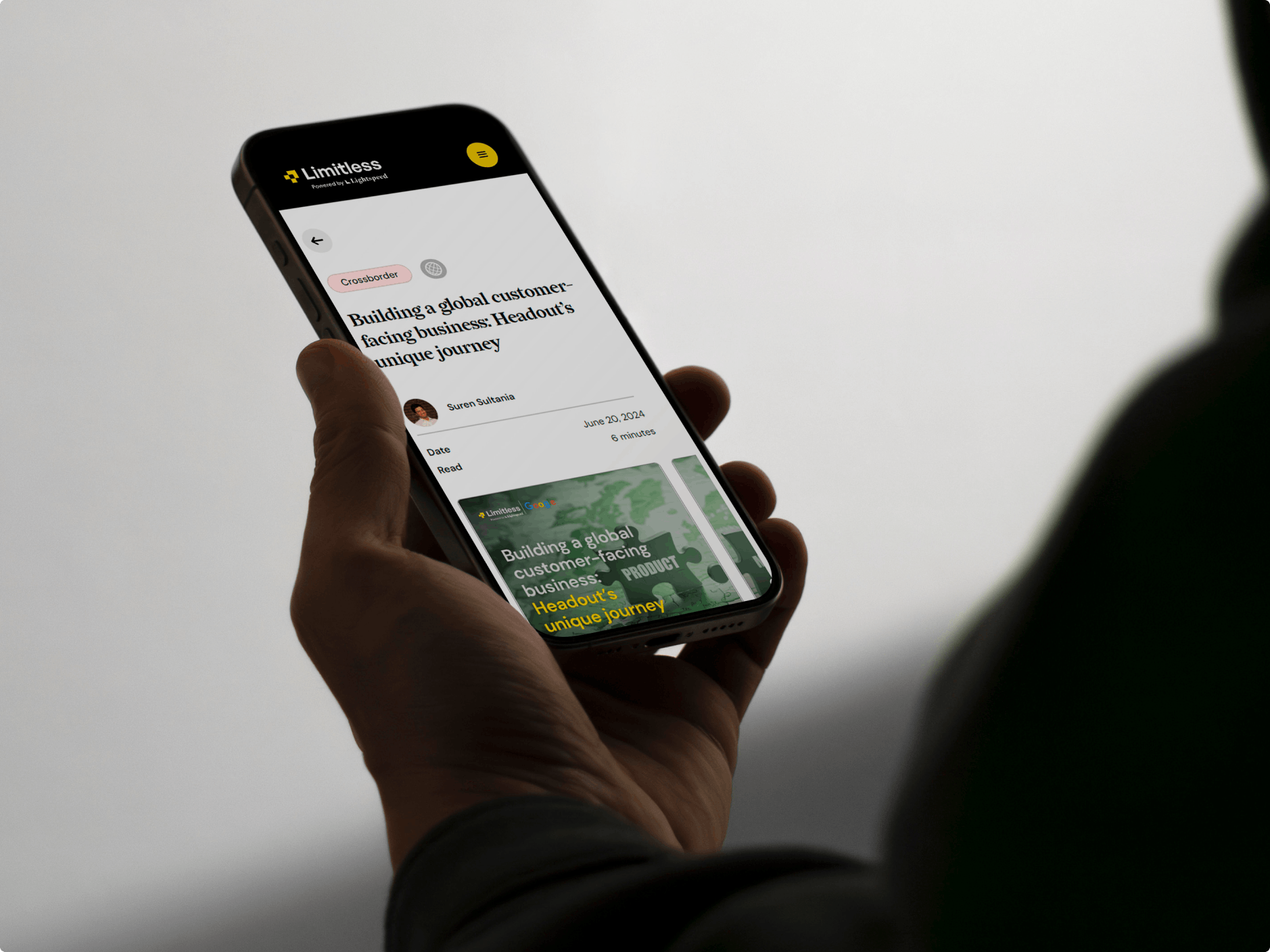
Overview
Democratizing Earth observation through intuitive design
I co-led the UI design for Aurora, Pixxel's Earth observation platform that transforms complex satellite imagery analysis into an accessible, streamlined workflow for users across agriculture, forestry, and climate science industries.
Note: This project is under NDA. The details shared here represent publicly available information. For deeper insights into the design process, challenges, and solutions, please reach out to me directly.
The Challenge
Breaking down barriers in Earth observation
The Current Landscape - Geospatial professionals face significant obstacles when analyzing satellite imagery: fragmented workflows requiring multiple specialized tools, high technical barriers excluding non-expert users, time-intensive processes from data acquisition to insights, poor information hierarchy in data-heavy interfaces, and expensive legacy software limiting accessibility.
The Opportunity - Create a unified platform that democratizes Earth observation by making advanced satellite imagery analysis accessible to domain experts without requiring deep technical expertise.
The Solution
Aurora: A comprehensive Earth observation studio
Aurora replaces costly legacy software with an intuitive, powerful platform for satellite imagery analysis. It serves diverse users across agriculture, forestry, mining, climate science, and urban planning from geospatial analysts to business leaders.
Key Innovation: Hyperspectral Imaging - Aurora's standout capability is its Hyperspectral Imaging (HSI) support, enabling users to extract unprecedented insights from satellite data through advanced spectral analysis.
My Role
Leading UI design and system architecture
As the UI Designer on Aurora's core team, I was responsible for interface design including visual design and user experience for marketplace and workflow builder, creating intuitive interfaces that bridge complex geospatial concepts with user needs, and iterating on designs based on user testing and stakeholder feedback.
Design System Development involved building and implementing a comprehensive component library, establishing design standards for consistency across the platform, and creating detailed UI Kit for handoff.
Design Principles - My approach prioritized clean layouts with clear visual hierarchy, ensuring accessibility for both technical and non-technical users while maintaining modular components for scalability and standards.
Marketplace Design
Simplifying complex model discovery
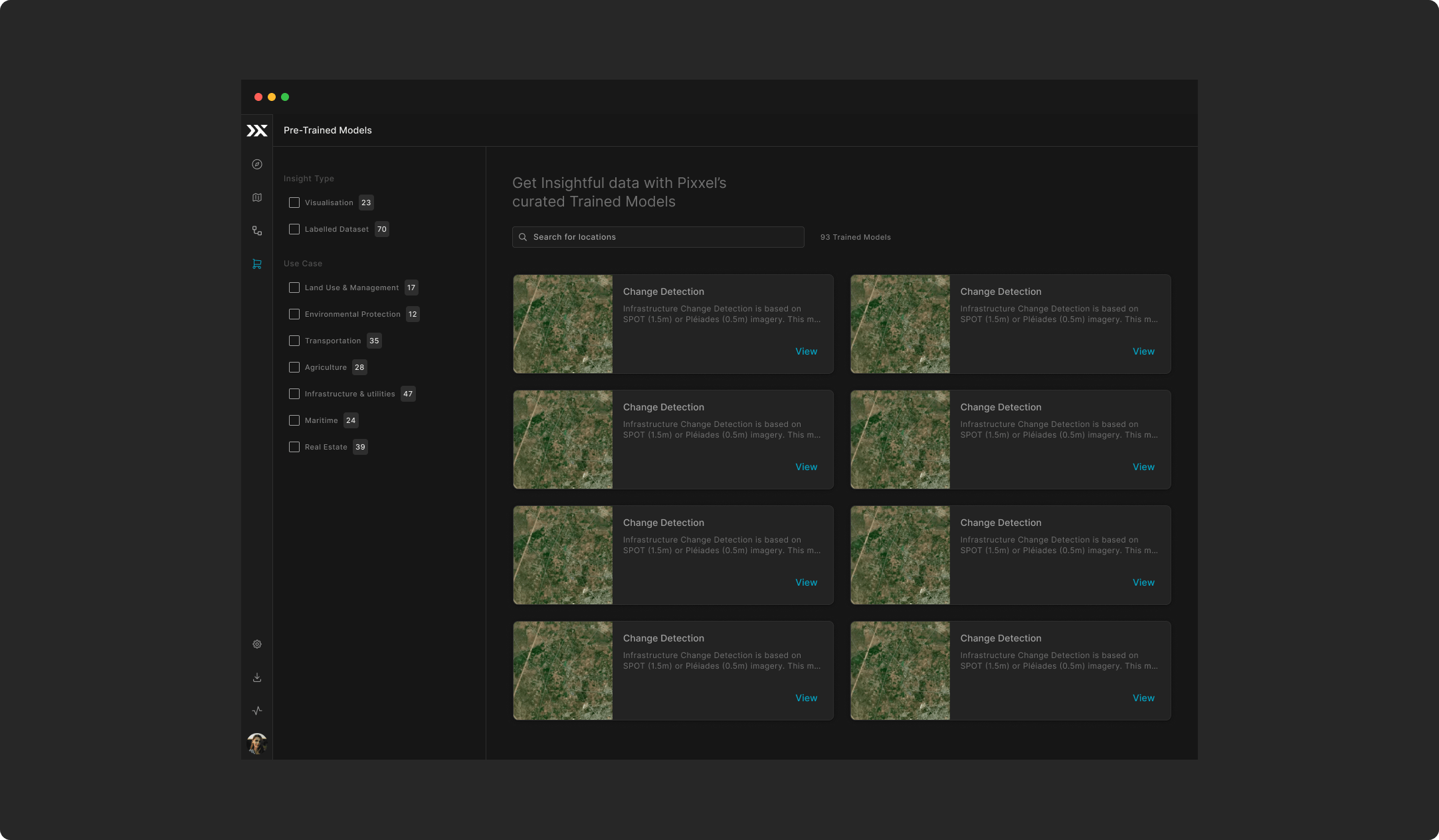
Design Strategy - The marketplace needed to make complex geospatial analysis models discoverable and understandable to users with varying technical backgrounds.
Key Design Decisions included a card-based layout that enables quick scanning and comparison of analysis models, concise model summaries that provide essential information without cognitive overload, a prominent filtering system that allows targeted search without interface clutter, and a consistent visual language that maintains cohesive experience across the platform.
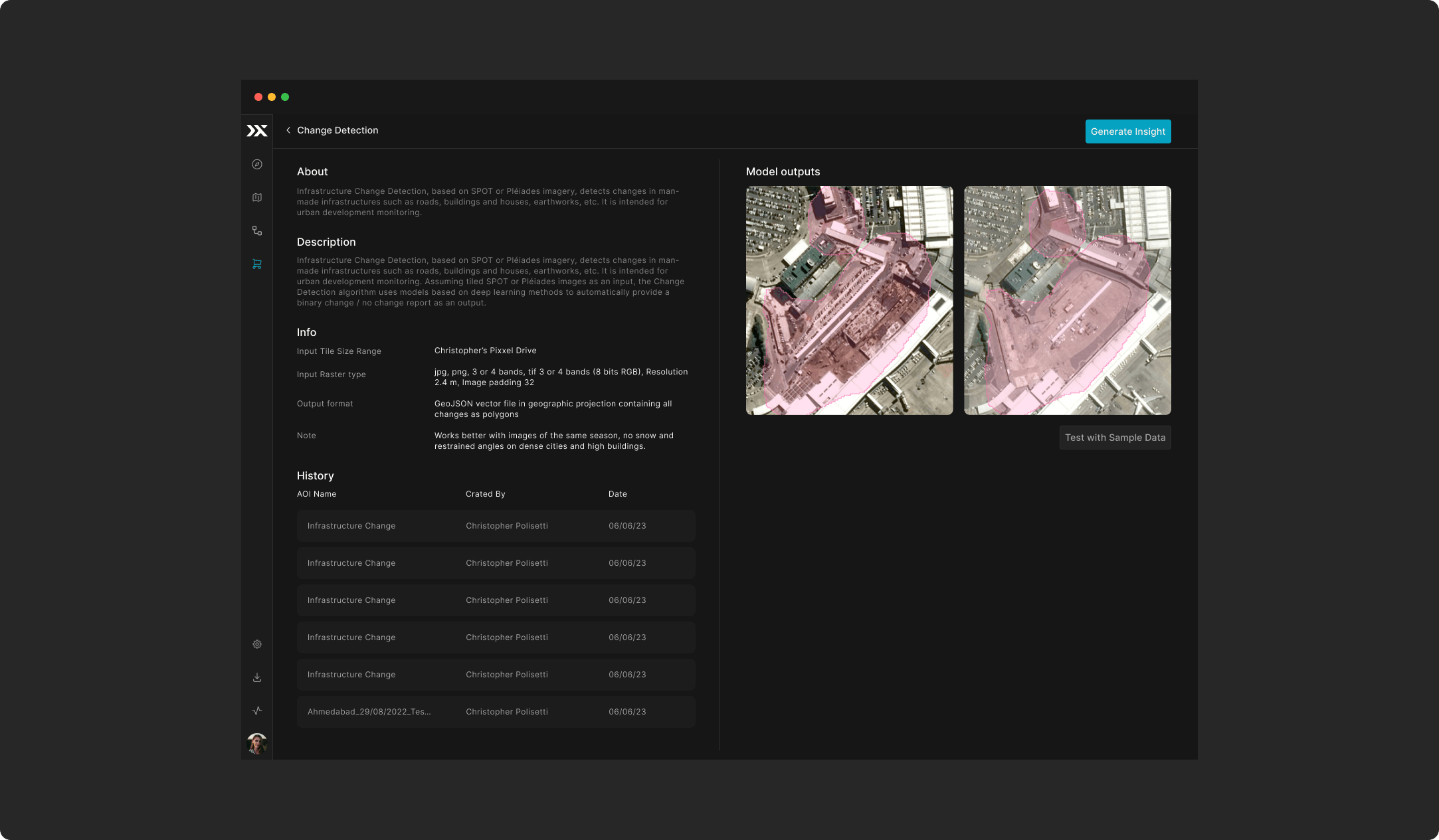
Detail View Strategy - The model detail interface needed to balance comprehensive information with clear action paths while preventing costly user errors.
Information Architecture featured upfront essential details about model capabilities, inputs, and outputs, clear separation between informational content and actionable deployment elements, progressive disclosure to prevent information overload, and error prevention through deliberate interaction patterns and confirmation flows.
Workflow Builder
Democratizing geospatial analysis through visual programming
Design Challenge - Transform complex, code-heavy geospatial analysis workflows into an intuitive visual interface accessible to domain experts without programming backgrounds.
.png)
.png)
Core Features include a node-based interface with drag-and-drop model chaining, real-time feedback and comprehensive error states, progress tracking with detailed execution insights, and interactive visualization of analysis results.
.png)
.png)
Design System
Building for scale and consistency
System Strategy - Created a comprehensive design system to ensure consistency across Aurora's complex platform while enabling rapid feature development and maintaining design quality at scale.
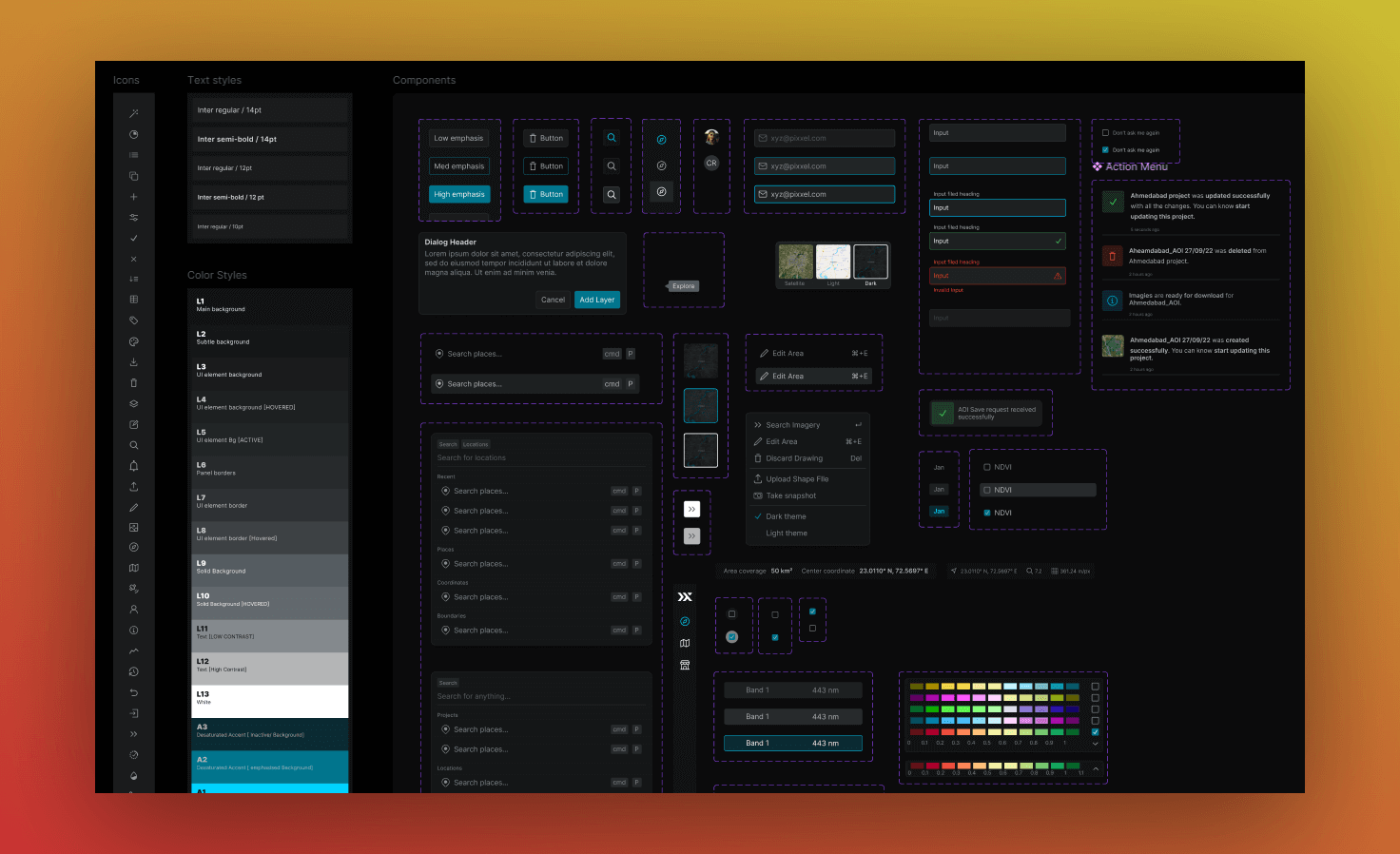
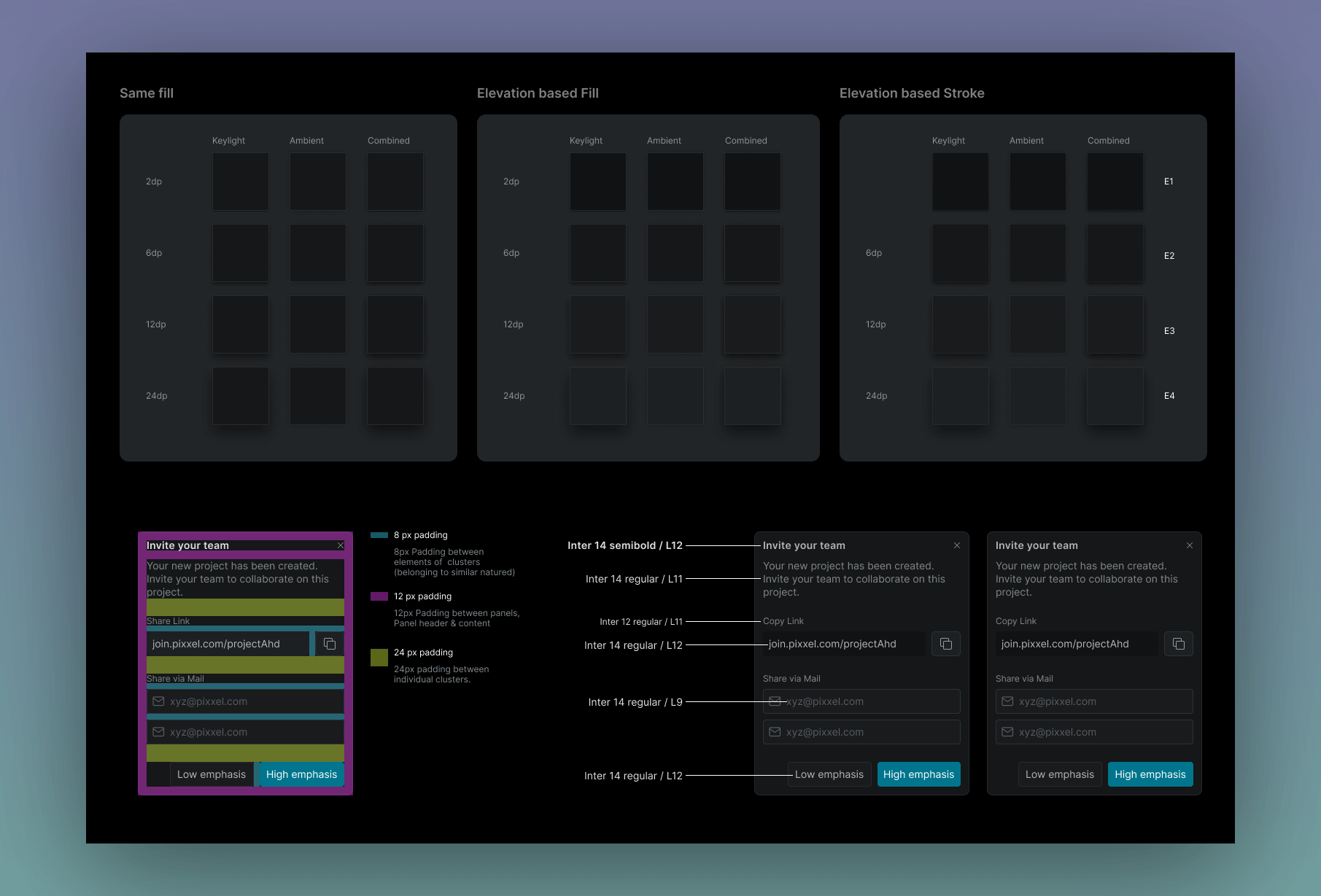
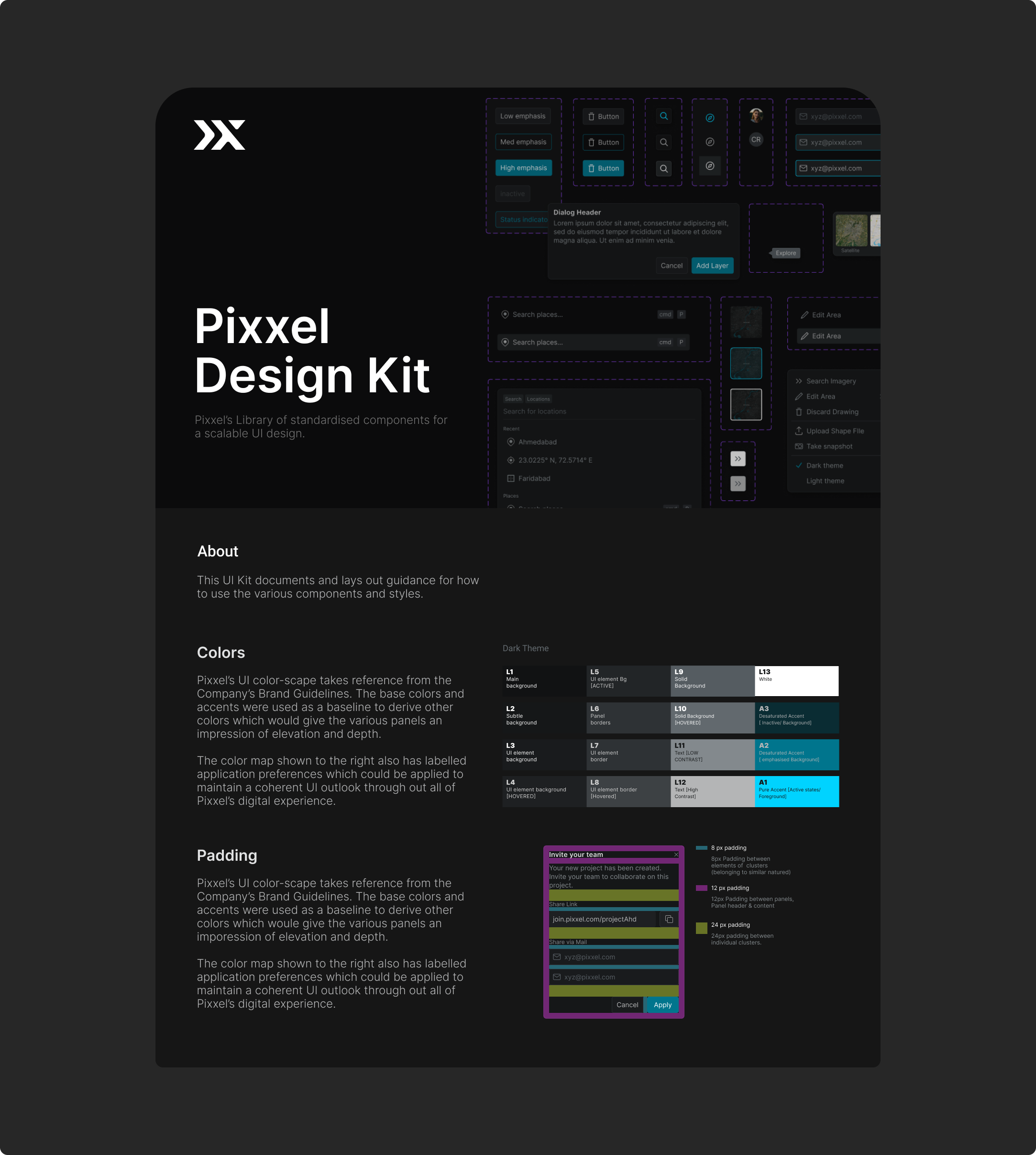
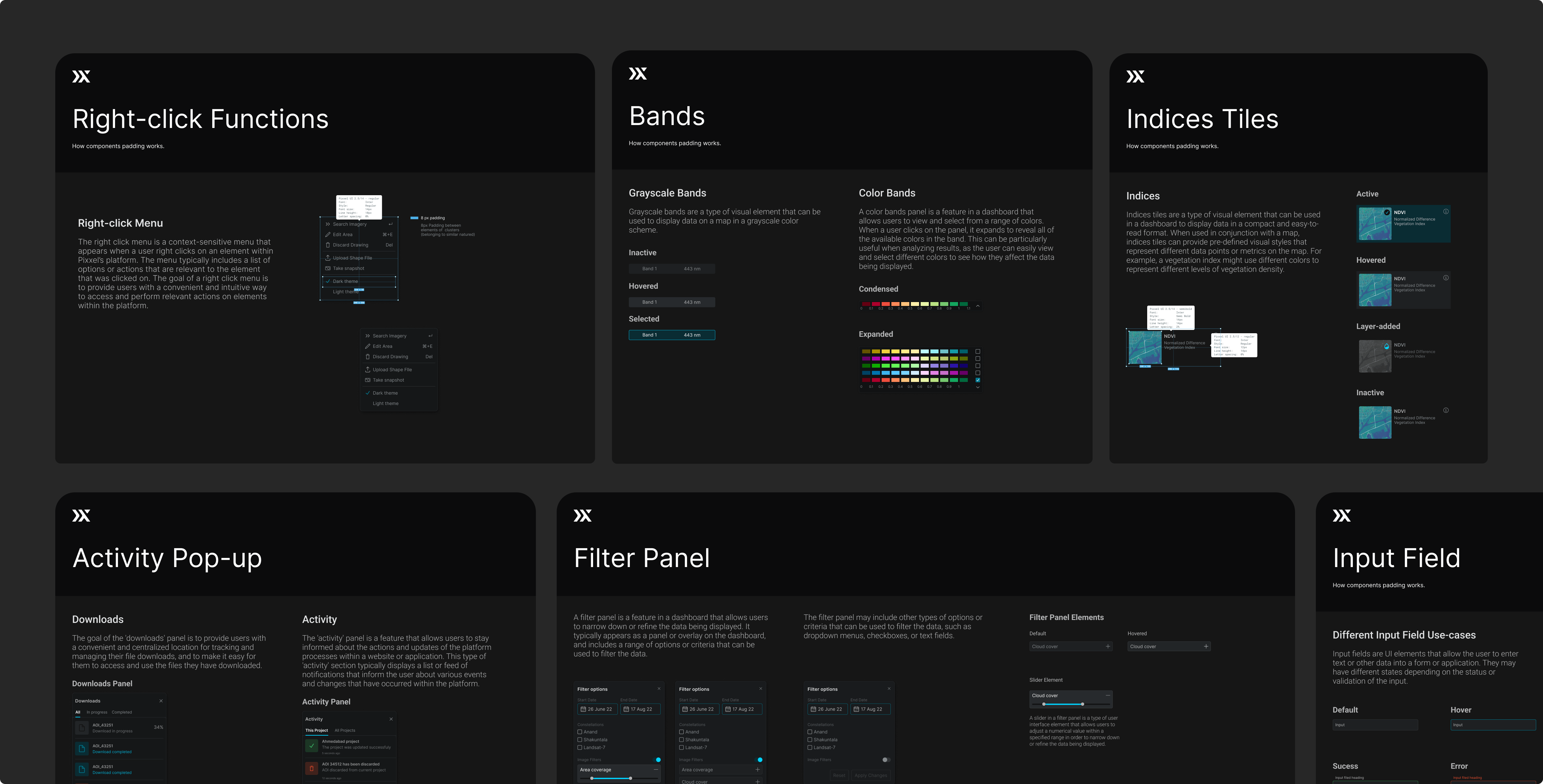
System Impact - The design system includes UI elements that significantly accelerated development velocity while maintaining design consistency. This systematic approach enabled faster development cycles and ensured a cohesive user experience across all platform touchpoints.
Documentation & Adoption - Comprehensive documentation guidelines facilitated efficient team onboarding and ensured widespread design system adoption throughout the organization, creating a scalable foundation for future platform growth.
Launch & Impact
Democratizing Earth observation at scale
Platform Launch
Aurora launched in August 2024 (aurora.pixxel.space), representing a significant milestone in making advanced Earth observation capabilities accessible to a broader audience through intuitive design and streamlined workflows.
Recognition & Growth
The platform's success contributed to major company achievements, including securing the 350th iDEX contract with India's Ministry of Defence and a prestigious NASA contract for Earth science research validating Aurora's impact in the geospatial industry.

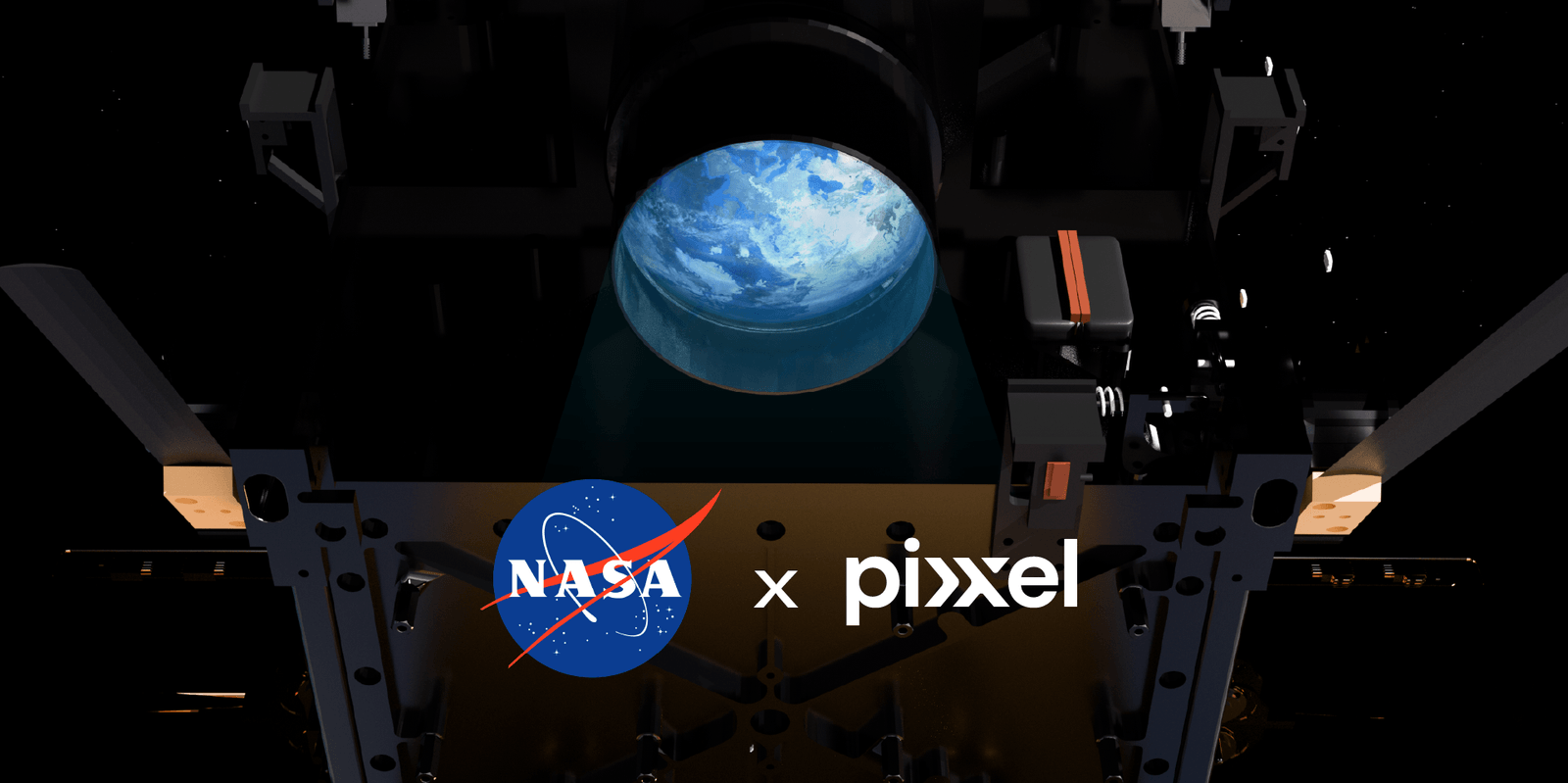
Key Learnings
Working on Aurora challenged me to translate incredibly complex geospatial concepts into interfaces that actually make sense to users. I learned that the best design happens when you can make powerful tools feel approachable without dumbing them down.
Building the design system from scratch also showed me how important it is to think systematically about design—especially when you're creating something that needs to grow fast while staying consistent and polished.
This project wouldn't have been possible without an incredible team. Special thanks to Saiyam, Chris.
This project is under NDA—I'd love to share more details about the design process and challenges. Connect with me to learn more about the project.
Let’s chat.